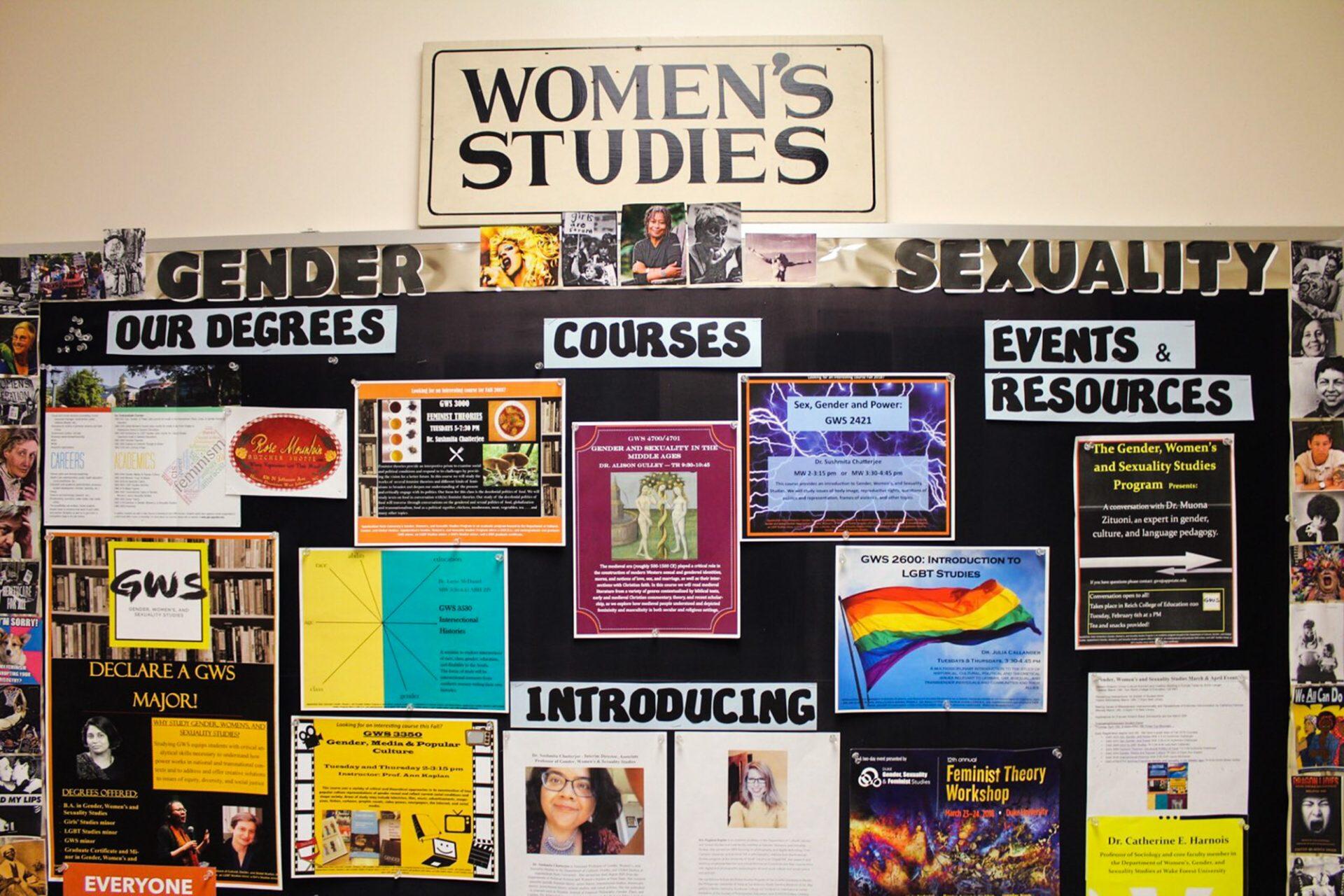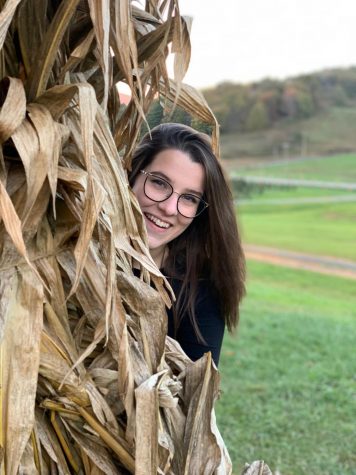Gender, Women’s and Sexuality Studies is an interdisciplinary field that discusses traditional academic areas of study through the studies of women, gender and sexual minorities, according to the program’s website.
“The idea is that there are theoretical constructs and all sorts of theories that people study and use to address issues of power, privilege and experiences,” Interim Director Sarah Greenwald said.
This program has several opportunities for students within the program: a GWS major and minor, a Girls’ Studies minor and an LGBT Studies minor.
Within this program, students take classes such as Introduction to LGBT Studies, Global Women’s Issues, Feminist Theories, Queer Theory and several others.
This program has looked very different over the past 40 years.
In 1976, the Women’s Studies program at Appalachian State University was founded, making it the second oldest program in the state of North Carolina, according to the program’s website.
In 2015, the program was changed to be called Gender, Women’s and Sexuality studies program. This was not the only aspect of the program that changed. The curriculum of the program changed as well.
“Changes, new synergies and creative energies are part and parcel of every interdisciplinary field,” associate GWS professor Sushmita Chatterjee said via email. “The changes happened in order to meet the needs of our students, faculty, and community at large. Our program now speaks to diversity in manifold ways, offers cutting edge curriculum, and mentors students towards successful careers and lives.”
One topic that is discussed throughout the program is intersectionality, which is one aspect of the program’s mission, according to the program’s website.
“The idea is to look at intersections of gender, women and sexuality with other aspects like race, ability, nationality and class in a critical thinking and analytical way to address lots of issues of equity, diversity and social justice in the world today from an academic standpoint,” Greenwald said.
These studies can be overlooked in a high school setting.
“I only knew about (GWS) in high school because of the internet and Tumblr,” junior psychology and GWS major Marina Delgreco said. “My teachers in high school were great in their own right, but we didn’t talk about social justice issues and stuff like that.”
The GWS program also extends itself past the classroom with a variety of programs each semester. Just this month, the GWS program has either organized or co-sponsored a variety of lectures and activities such as Mark Rifkin’s talk, “Between Two Ghost Dances: Sarah Winnemucca and the Politics of Representativity”, Andrea Pitts’ talk, “Philosophy Club: Intersectionality and Resistant Imaginaries in Latin American Feminist Philosophy”, Armin Langer’s presentation, “Salaam-Shalom: Cross-Cultural Activism and Coalition Building in Europe Today” and Catherine Harnois’ talk, “Making sense of mistreatment: intersectionality and perceptions of everyday Discrimination.”
“GWS programming has definitely applied to the studies aspect of Gender, Women’s and Sexuality Studies, and we’re very interested in concepts like feminist theories, queer theories and intersectionality and how they can be looked at from various disciplines,” Greenwald said.
There is an exhibit open in the library until March 30 called “Reclaiming Intersections: An Exhibit of Student Work,” which features the work produced by students in GWS professor stef shuster’s Intro to LGBT studies class.
“In their class, stef had organized that their students would do essays to pair along with the course,” Greenwald said. “So you’re not seeing the essay work that went behind it, but you are seeing the creative product that came out of that component of it.”
In April, the GWS program will host a panel of students to discuss how their coursework and experiences within GWS have helped them with internships and other aspects of campus, Greenwald said.
So what do students coming out of college with a GWS degree do?
“The degree provides them with critical thinking skills, problem solving aptitude and ways to analyze situations and pave the way for a better world,” Chatterjee said via email. “Our students are currently engaged in many career choices such as pursuing a PhD in Gender Studies, journalism, law school, librarians, teachers and many other careers.”
Although the program has already changed, there is still more change on the horizon.
“As new disciplines emerge that connect with the field, people will find new ways to connect theory to practice,” Greenwald said.
As evidence of that, Greenwald worked with a few others to design a new mathematics badge for Girl Scouts of the United States.
“It brings together some theory with the actual practice of trying to encourage students to stay in and study mathematics,” Greenwald said.
Delgreco hopes that as the program expands, the curriculum will be extended to others outside of these studies.
“I think it could be a really enriching program if people would give it the chance,” Delgreco said. “People who go to be a GWS major or minor already have a vague idea and want to educate themselves more, as opposed to those who really don’t know anything who would benefit more from the classes.”
Overall, this program continues to grow and gain popularity among students as these classes makes an impact on their lives, Chatterjee said.
“For many students taking GWS classes is a life changing experience in being able to articulate their lived experiences and respond to the world around them,” Chatterjee said.
Story by: Mariah Reneau, Senior A&E Reporter
Photos by: Veronica Hayes, Staff Photographer
Featured Photo Caption: The Gender, Women’s and Sexuality Studies program is affiliated with the Department of Cultural, Gender and Global Studies.


